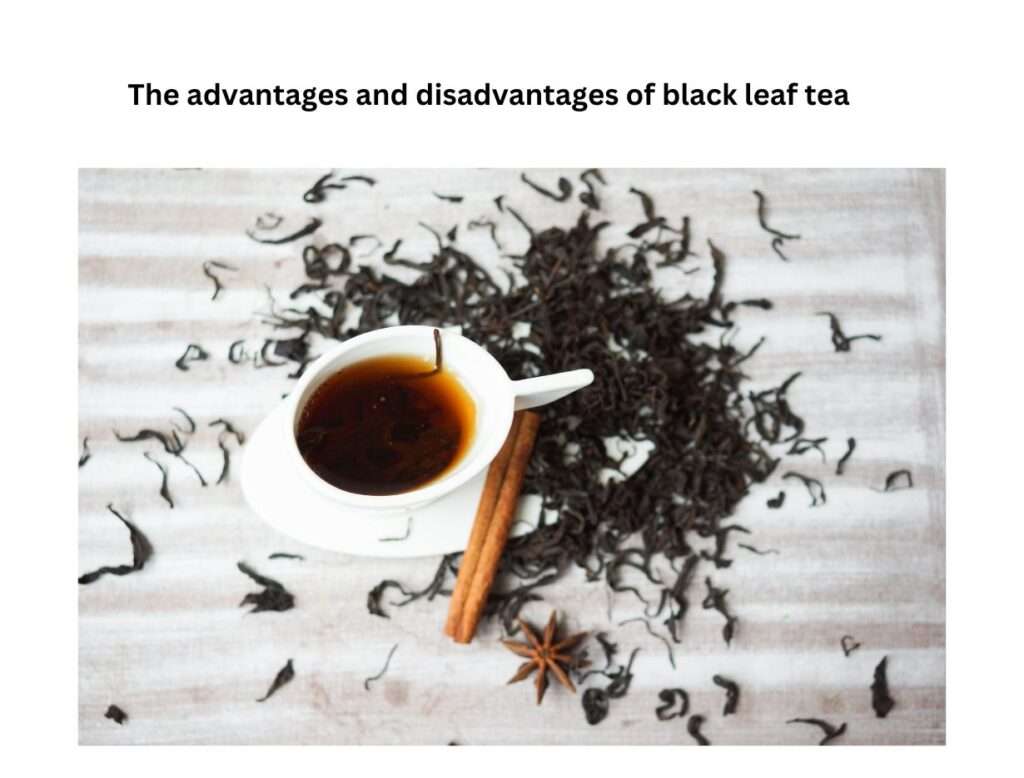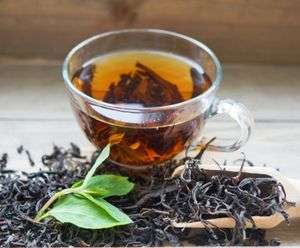What Exactly Is Black Tea?
It’s difficult to go wrong with Black leaf Tea when it comes to tea. Black tea is a popular drink and one of the most popular blends in Western culture. Black tea, made from the leaves of the Camellia Sinensis plant, is the base of many popular teas, including English Breakfast Tea and Earl Grey Tea. Camellia Sinensis assamica is the most common type of black tea. Camellia Sinensis assamica tea became famous in 1823 and is now the most popular black tea variety.

Where Does Black Tea Originate?
Tea is widely known to originate in China, with green tea and semi-oxidized oolong tea being the most popular. What we call black tea in the West is known as red tea in China. In China, traditional black tea is known as fermented tea (Pu-Erh). Because of its ability to retain flavour for years, Europeans favoured black tea, making it an excellent trade item.
The Dutch introduced black tea to Europe in 1610, and it arrived in England in 1658. Black tea improved concentration and health and was enjoyed by both royal families and ordinary people. The demand for black tea skyrocketed during the 1700s. When the Camellia Sinensis (assamica) plant was discovered in India, the production of black tea skyrocketed, allowing tea growers to produce a wider range of teas with bolder flavours.
How Is Black Tea Produced?
Black tea is traditionally made in five steps:
Picking: The leaves of black tea must be picked. The bud and top leaves are chosen and then sorted for uniformity.
Withering: When the leaves are plucked and allowed to wither, passive oxidation begins. The wilting and softening of the leaves prepares them for rolling.
Rolling: The leaves are shaped by rolling them, either by machine or by hand. This process extracts juices and aids in oxidation. When you roll the leaves, the cell walls are broken apart, hastening oxidation, just like when you cut an apple open and it browns faster than if you hadn’t.
Oxidation: is required for black tea leaves. The term “oxidised” simply means that the leaves wither after being picked because they are exposed to oxygen. In this chemical reaction, the leaves darken to a black or brown colour. The temperature of the room can be adjusted to control oxidation, and it can be stopped by exposing the leaves to heat (steaming, pan-frying, or baking).
The final step is to fire the leaves.
Firing: prevents oxidation and draws moisture from the leaves. The finished loose leaf Black Tea is then ready for consumption.
How Does black tea taste ?
Black tea comes in a wide variety of flavours. Typically savoury, full-bodied flavours range from sweet and malty to peppery and smoky. Our blends start with Black Tea and then add premium herbs and spices to create a unique and unforgettable experience with each sip.
What are the negative consequences of drinking black tea ?
As a beverage, black tea is widely consumed. Drinking moderate amounts of black tea (about 4 cups per day) is probably safe for most people.
Drinking more than 4 cups of black tea per day may be harmful. Caffeine may cause side effects if consumed in large quantities. These side effects, which include headache and irregular heartbeat, can range from mild to severe.



